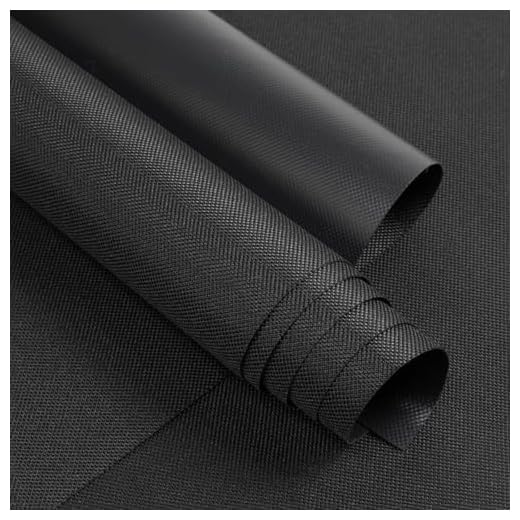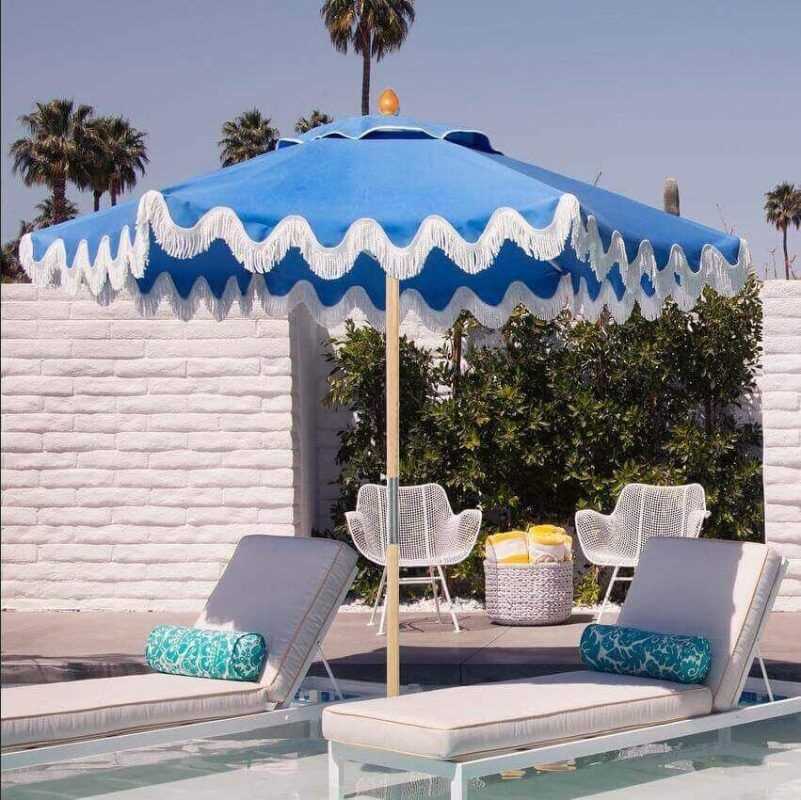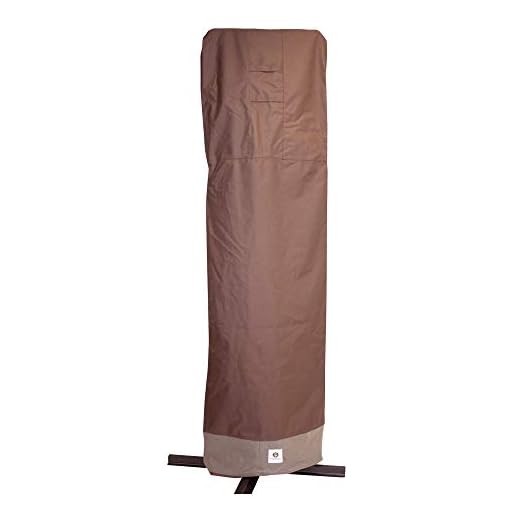


For anyone seeking durability in outdoor canopies, polyester and acrylic materials are highly recommended. These options not only resist deterioration from sunlight but also maintain their appearance over time. This article explores the attributes of various textiles suitable for outdoor use, focusing on their resistance to color loss and wear.
This guide is particularly useful for homeowners, event planners, and anyone looking to invest in long-lasting protective covers. Understanding the differences in materials will help you make informed decisions when selecting canopies for patios, gardens, or events.
We will examine key characteristics such as UV resistance, water repellency, and ease of maintenance. By the end of this article, you’ll have a clear understanding of which materials offer the best longevity and aesthetic appeal for your outdoor spaces.
Best Fabric Choices for Outdoor Canopies
Choosing the right material for outdoor canopies is essential for maintaining color integrity over time. Look for textiles specifically designed to resist sun damage, as these will help retain their appearance longer, even under harsh sunlight.
One highly recommended option is solution-dyed acrylic. This material is dyed before the fibers are woven, resulting in a color that penetrates the entire fabric. It offers excellent resistance to fading and weather-related wear, making it ideal for prolonged exposure to sunlight.
Key Features to Consider
- UV Resistance: Ensure the material has a high UV protection rating to block harmful rays and prevent color degradation.
- Water Resistance: Look for fabrics treated with water-repellent finishes to protect against moisture while maintaining breathability.
- Mildew Resistance: Consider materials that resist mold and mildew, especially in humid environments.
Polyester blends can also be a solid choice. When treated with UV inhibitors, these fabrics can offer a good balance between durability and affordability. They tend to dry quickly and are less prone to wrinkling.
Additionally, consider the weave density. Tightly woven fabrics provide better protection against fading and weathering, as they create a barrier that limits exposure to the elements.
Maintenance Tips
- Regularly clean the fabric to remove dirt and debris, which can contribute to wear.
- Use protective covers when not in use to shield from direct sunlight.
- Avoid using harsh chemicals that can damage the fibers.
By selecting the right materials and following proper care practices, you can enhance the longevity of your outdoor canopies and keep them looking fresh and vibrant for years.
Understanding UV Resistance in Umbrella Materials
Choosing materials that offer high UV resistance is paramount for ensuring longevity and maintaining appearance. Fabrics treated with UV inhibitors can significantly reduce the effects of sun exposure, preventing deterioration and color loss over time.
When evaluating the UV resistance of various materials, it’s important to consider the weave density, chemical treatments, and inherent properties of the fibers used. For instance, synthetic fibers like polyester and acrylic are often preferred due to their ability to hold color and resist degradation caused by sunlight.
Key Factors in UV Resistance
Weave Density: Tighter weaves provide better protection as they block more sunlight. Fabrics with a denser weave tend to have higher UV ratings, which indicates their capability to shield against harmful rays.
Chemical Treatments: Many textiles undergo special treatments that enhance their UV protection. Look for materials labeled with UV protection ratings, which indicate the level of defense against sun exposure.
- Acrylic: Known for its durability and fade resistance, acrylic fibers are often treated to enhance UV protection.
- Polyester: This fabric is resistant to fading and can be treated for additional UV protection, making it a practical choice.
Maintenance: Proper care and storage can further extend the life of the materials. Regular cleaning and using protective covers when not in use can minimize exposure to harsh elements.
Understanding the factors contributing to UV resistance can guide informed decisions when selecting materials for outdoor canopies. Investing in high-quality textiles can lead to a significant reduction in the frequency of replacements, ultimately proving cost-effective in the long run.
Comparative Analysis of Polyester and Acrylic Fabrics
Polyester and acrylic textiles exhibit distinct characteristics that influence their performance in outdoor settings. Both materials have their advantages and drawbacks, making the choice dependent on specific requirements.
Polyester is known for its durability and resistance to moisture, which helps in maintaining its structure over time. It is less prone to wrinkling and can dry quickly after exposure to rain. In contrast, acrylic offers superior color retention and is often favored for its softness and aesthetic appeal.
Durability and Maintenance
When assessing durability, polyester typically outperforms acrylic due to its robust nature. However, acrylic is engineered to resist fading from sunlight, making it a preferable option for maintaining vibrant colors. Regular maintenance is necessary for both materials to prolong their lifespan.
Comfort and Aesthetics
Acrylic is often softer to the touch compared to polyester, making it a more comfortable choice for prolonged contact. The visual appeal of acrylic fabrics, with their rich colors and textures, attracts those who prioritize aesthetics in their selections.
| Characteristic | Polyester | Acrylic |
|---|---|---|
| Durability | High | Moderate |
| Moisture Resistance | Excellent | Good |
| Color Retention | Moderate | High |
| Softness | Moderate | High |
In summary, the choice between polyester and acrylic should be guided by intended use and environmental factors. Polyester offers robustness and quick-drying properties, whereas acrylic excels in color retention and comfort. Evaluating these attributes will aid in making an informed decision.
The Role of Colorfastness in Outdoor Umbrellas
Choosing materials that resist color loss is fundamental for any shading solution used in external spaces. This property, known as colorfastness, directly influences how well the materials maintain their appearance over time, especially when exposed to sunlight and other environmental factors.
Colorfastness is measured by how effectively a material retains its dye when subjected to various conditions. High colorfastness ratings indicate that a material will not significantly fade, making it a wise investment for long-term use. The importance of this characteristic cannot be overstated, as fading can detract from both the aesthetic appeal and functionality of a shading structure.
Factors Influencing Colorfastness
- Type of Dye Used: Natural dyes often have lower colorfastness compared to synthetic options, which are engineered to resist fading.
- Weave Density: Tightly woven materials generally hold dyes better, reducing the likelihood of color loss.
- UV Resistance: Fabrics treated with UV inhibitors enhance their ability to resist fading caused by sunlight.
- Water Resistance: Water-repellent treatments can also aid in maintaining color integrity by preventing moisture-related damage.
To determine the durability of a material, consider the following testing standards:
- AATCC Test Method 16 – Evaluates the colorfastness of textiles to light exposure.
- ISO 105-B02 – Assesses colorfastness to artificial light sources.
When selecting materials, prioritize those with high ratings for colorfastness. This decision not only ensures longevity but also enhances the overall visual impact of the external space. Investing in high-quality items will ultimately contribute to a more enjoyable and aesthetically pleasing environment.
Choosing the Right Coating for Enhanced Durability
Selecting a suitable coating for outdoor coverings is vital for longevity and resistance to environmental factors. Look for options that provide UV protection and water resistance, which are critical for maintaining color and integrity over time.
A polyester blend with a polyurethane coating offers excellent protection against sunlight while retaining flexibility. This combination minimizes the risk of cracking and fading, ensuring that the material remains functional and visually appealing.
Considerations for Coating Selection
When evaluating coatings, keep the following attributes in mind:
- UV Resistance: A coating that reflects harmful rays can prevent color degradation.
- Water Repellency: Look for treatments that repel moisture, reducing the potential for mold and mildew.
- Durability: A tough outer layer can resist wear and tear from wind and rain.
- Breathability: Ensures moisture does not get trapped, thereby preventing damage from humidity.
Testing the coating’s performance is also advisable. A simple water test can reveal how well the surface repels moisture and whether it beads up or soaks in. Additionally, check for manufacturer specifications regarding colorfastness and warranty coverage.
Ultimately, the right coating not only enhances the lifespan of your outdoor coverings but also improves their appearance, ensuring they remain an attractive feature of your outdoor space.
Maintenance Tips to Extend Fabric Life Against Sun Damage
Regular cleaning is essential for prolonging the life of materials exposed to sunlight. Use a mild detergent mixed with water to gently scrub the surface. Avoid harsh chemicals that can degrade the fibers over time. Rinse thoroughly and allow the items to dry completely before storing.
Protective treatments can also enhance longevity. Applying a UV-resistant spray provides an additional layer against sun damage. This treatment can help maintain color integrity and reduce the risk of deterioration. Reapply as recommended by the product instructions for optimal results.
Storage Solutions
Proper storage is key when not in use. Keep items in a dry, shaded area to prevent exposure to direct sunlight. Utilize breathable storage bags to minimize moisture buildup, which can lead to mold and mildew growth.
- Store in a cool, dry place away from sunlight.
- Use breathable covers to protect against dust and moisture.
- Avoid folding items in the same spot repeatedly to prevent creasing.
Regular inspections can help identify any signs of wear and tear early on. Look for fraying edges, discoloration, or any structural issues. Addressing these problems promptly can prevent further damage and extend the lifespan significantly.
Lastly, avoiding prolonged exposure to harsh weather can greatly benefit the longevity of materials. If possible, bring items indoors during extreme conditions, such as heavy rain or intense sunlight. This simple step can help maintain the appearance and durability of the materials.
Brands Renowned for Fade-Resistant Canopy Materials
Choosing brands known for durable canopy materials can significantly enhance your outdoor experience. These companies prioritize long-lasting textiles designed to resist color loss from sun exposure.
Several manufacturers have developed proprietary technologies that enhance the lifespan of their products. By incorporating UV inhibitors and specialized weaves, they ensure that the colors remain true over time, even in harsh conditions.
Material Performance and Innovations
Brands typically utilize high-grade polyester and acrylic blends, which provide excellent resistance to UV rays. These materials are often treated with protective coatings to further extend their longevity.
- UV Protection: Advanced treatments help block harmful sun rays, preserving color and integrity.
- Water Resistance: Many textiles also offer water repellency, adding another layer of durability.
- Breathability: Fabrics designed for airflow prevent mold and mildew, ensuring a fresh appearance.
Innovative companies often test their materials through rigorous exposure to sunlight and moisture, guaranteeing exceptional performance. This commitment to quality is reflected in their warranties, which frequently cover fading and discoloration.
| Feature | Description |
|---|---|
| Color Fastness | Resistance to fading under sunlight exposure |
| Durability | Ability to withstand wear and tear |
| Maintenance | Ease of cleaning and care |
Investing in products from these reputable manufacturers ensures that your outdoor setup remains visually appealing and functional for years to come. Researching specific brands and their offerings can lead to informed decisions based on performance and aesthetic appeal.
Innovative Technologies in Outdoor Canopy Cloth Design: Conclusion
Choosing the right material for sunshade structures is essential for longevity and performance. Advanced technologies have led to the development of solutions that significantly enhance resistance to color loss and degradation from environmental factors.
High-tech options such as solution-dyed polyester and acrylic blends offer remarkable durability and UV protection. These materials not only resist fading but also provide excellent water repellency and mildew resistance, making them ideal for prolonged exposure to sunlight and moisture.
Key Innovations in Sunshade Materials
- Solution-Dyeing Process: This technique integrates color into the fibers during manufacturing, resulting in superior color retention compared to traditional dye methods.
- UV Stabilizers: Adding UV inhibitors during production enhances the fabric’s ability to resist breakdown from sunlight.
- Water-Repellent Treatments: Advanced coatings can repel water and reduce staining, keeping the material looking new longer.
- Antimicrobial Properties: Some textiles now come with built-in resistance to mold and mildew, improving hygiene and reducing maintenance needs.
In summary, the latest advancements in textile technology provide a variety of options for sunshade applications, ensuring that users can enjoy their outdoor spaces without worrying about the wear and tear of their protective canopies.
Best umbrella fabric to withstand fading outdoors
Features
| Part Number | UUM10134 |
| Model | UUM10134 |
| Warranty | Two-year limited warranty. |
| Color | Mocha Cappuccino |
| Size | 13'DIA x 98"H |
Features
| Color | Mocha |
| Size | 8x20ft |
Features
| Part Number | GWFBFB-009 |
| Model | Waterproof Canvas Fabric |
| Color | Black |
| Size | 108x60 inch |
Video:
FAQ:
What types of fabric are best for outdoor umbrellas to prevent fading?
When choosing fabric for outdoor umbrellas, look for materials specifically designed for UV resistance and durability. Commonly recommended fabrics include solution-dyed acrylic, which is known for its ability to resist fading caused by sunlight. Polyester with a UV coating is another option, although it may not be as fade-resistant as acrylic. Additionally, some manufacturers offer fabrics treated with special coatings that enhance their resistance to fading and wear. Always check the specifications and warranties provided by the manufacturer, as they often indicate the fabric’s ability to withstand outdoor conditions.
How can I maintain my outdoor umbrella fabric to prolong its lifespan against fading?
To maintain your outdoor umbrella and protect its fabric from fading, consider the following tips: First, regularly clean the fabric with mild soap and water to remove dirt and grime that can contribute to fading over time. Avoid using harsh chemicals or abrasive materials. Second, store the umbrella in a dry place when not in use, especially during harsh weather conditions. If possible, use a protective cover designed for outdoor umbrellas. Lastly, consider applying a UV protectant spray specifically designed for outdoor fabrics, which can provide an additional layer of protection against sun damage. By following these steps, you can significantly extend the life of your umbrella fabric.








